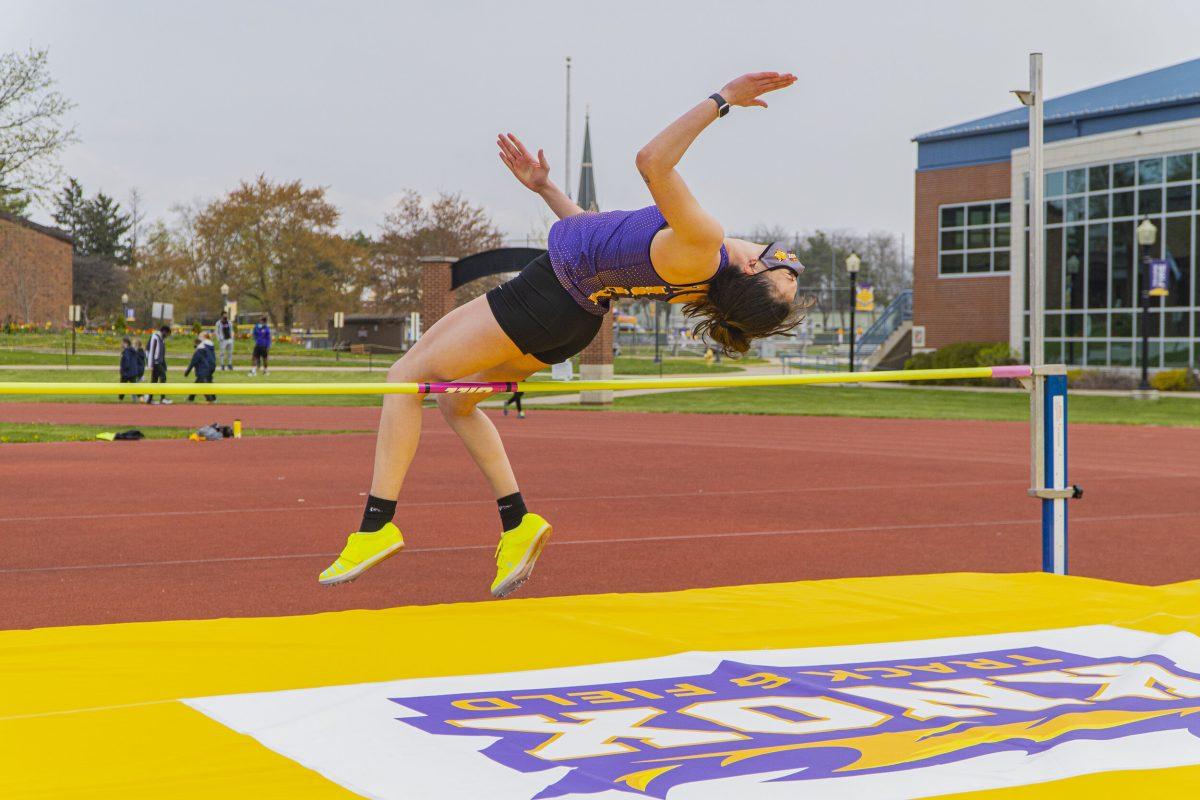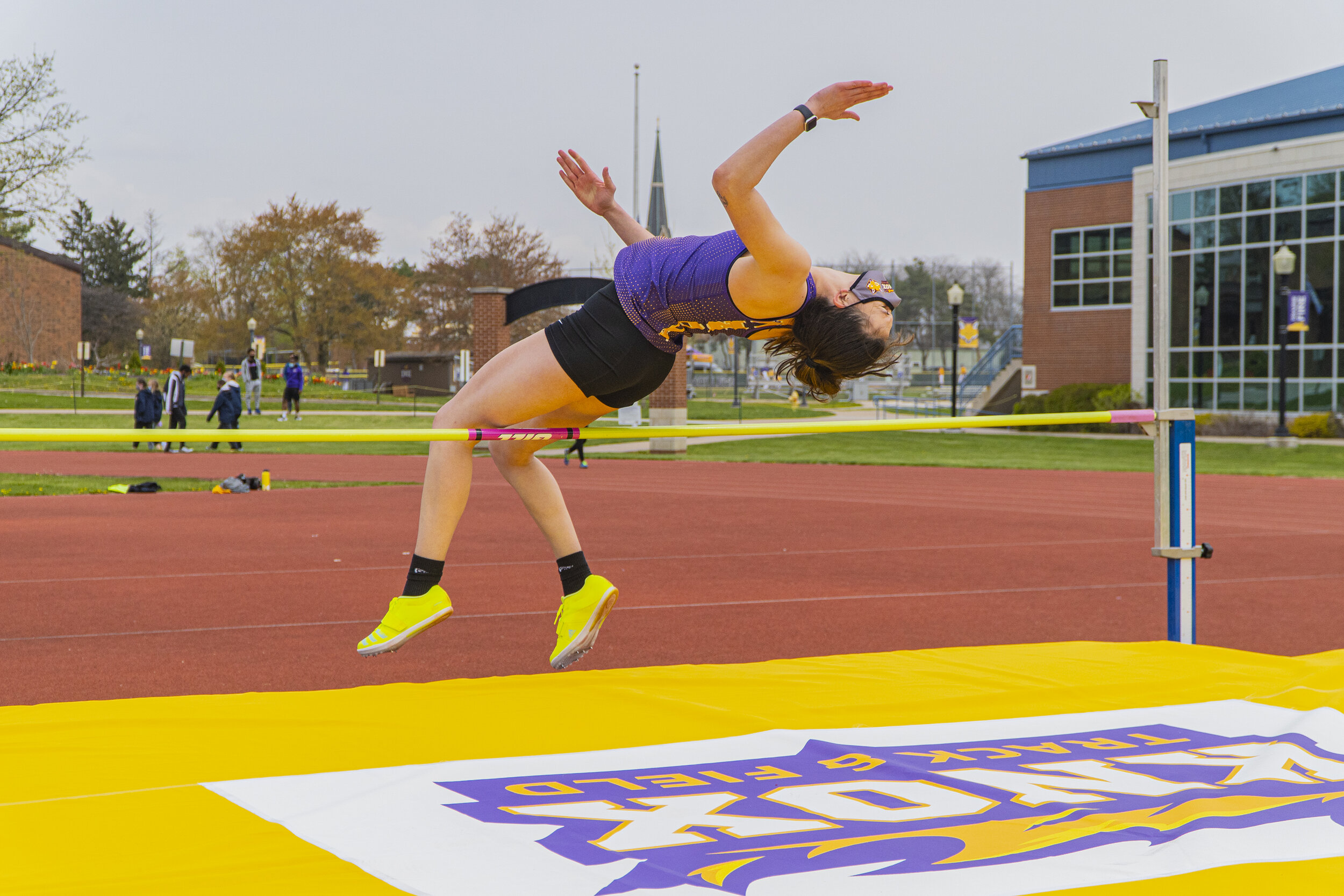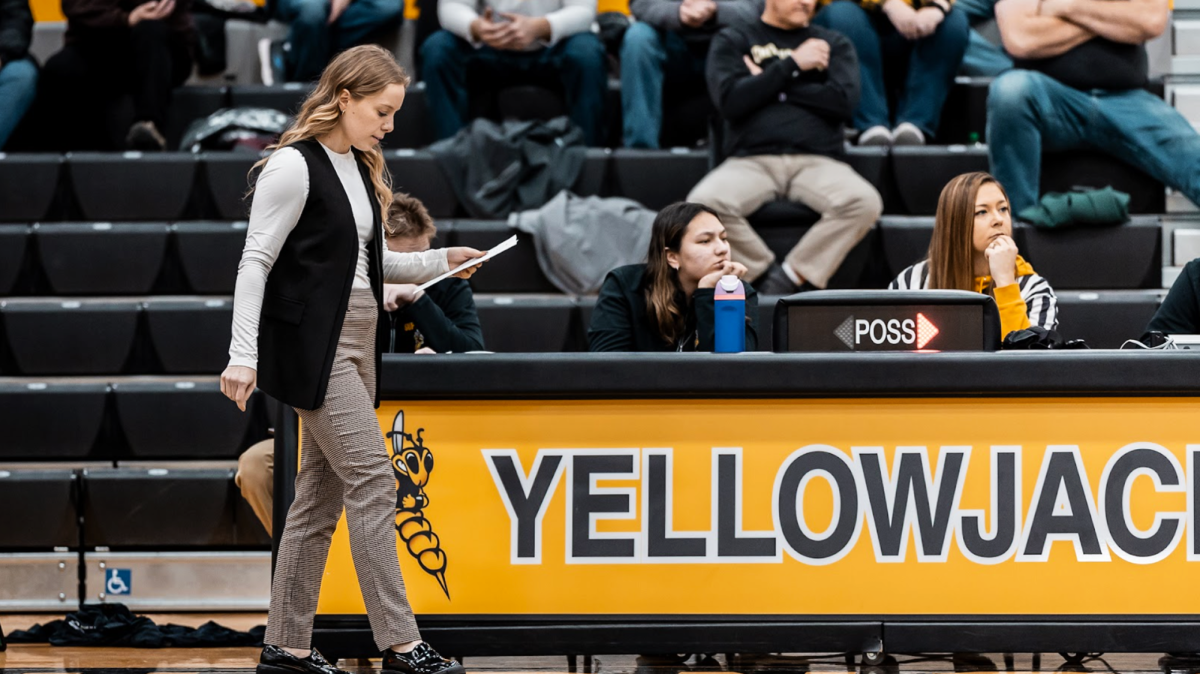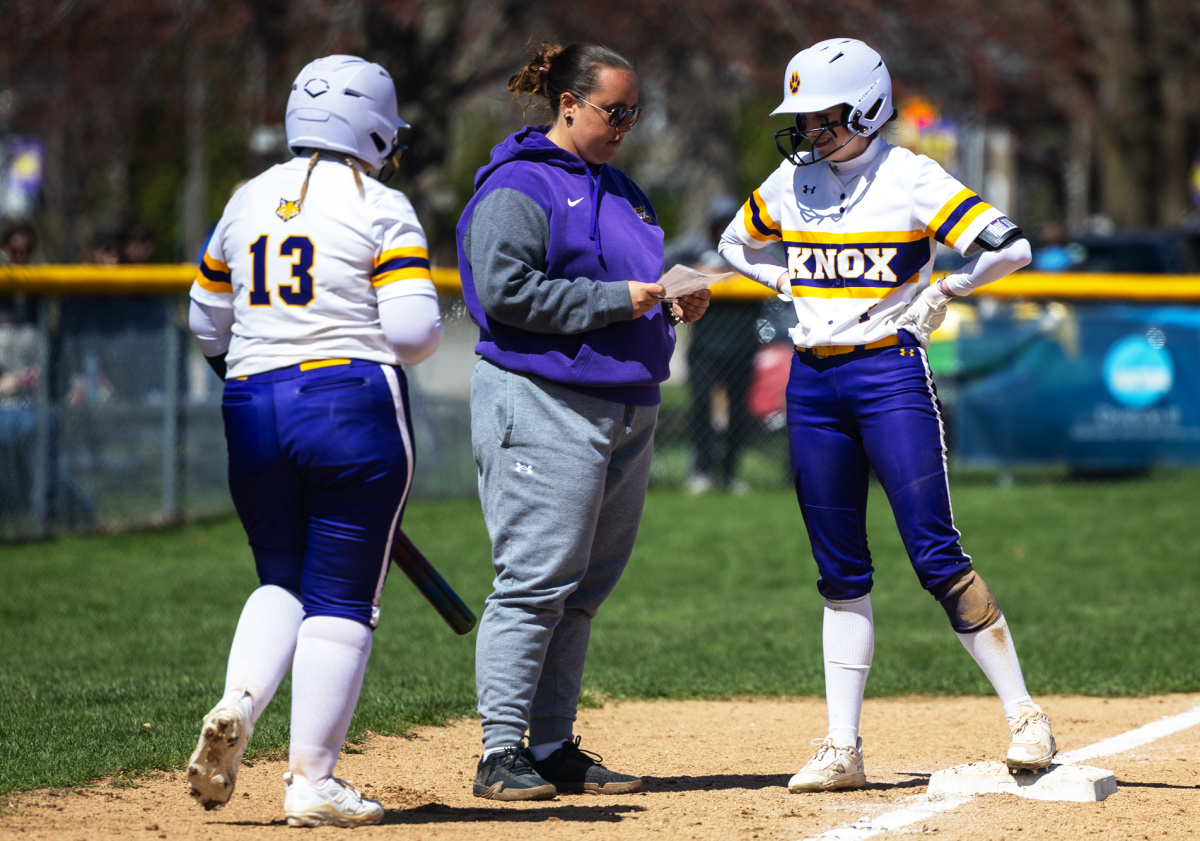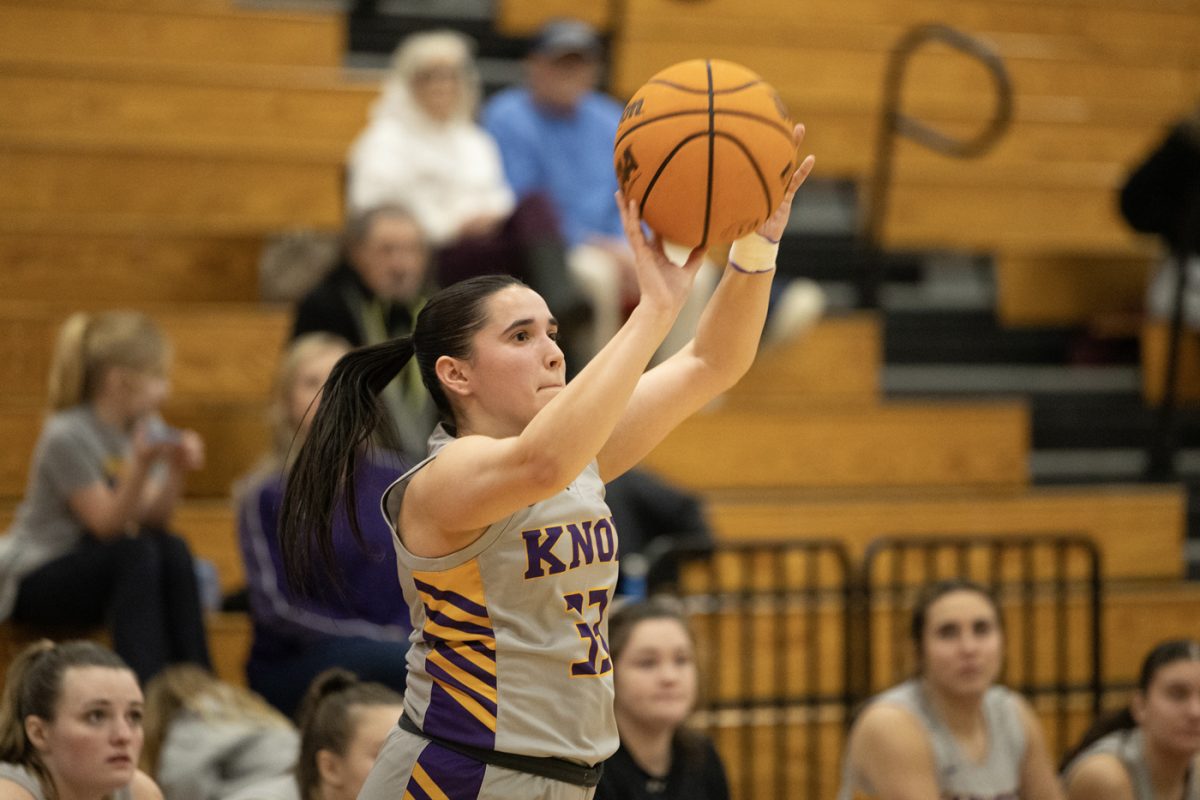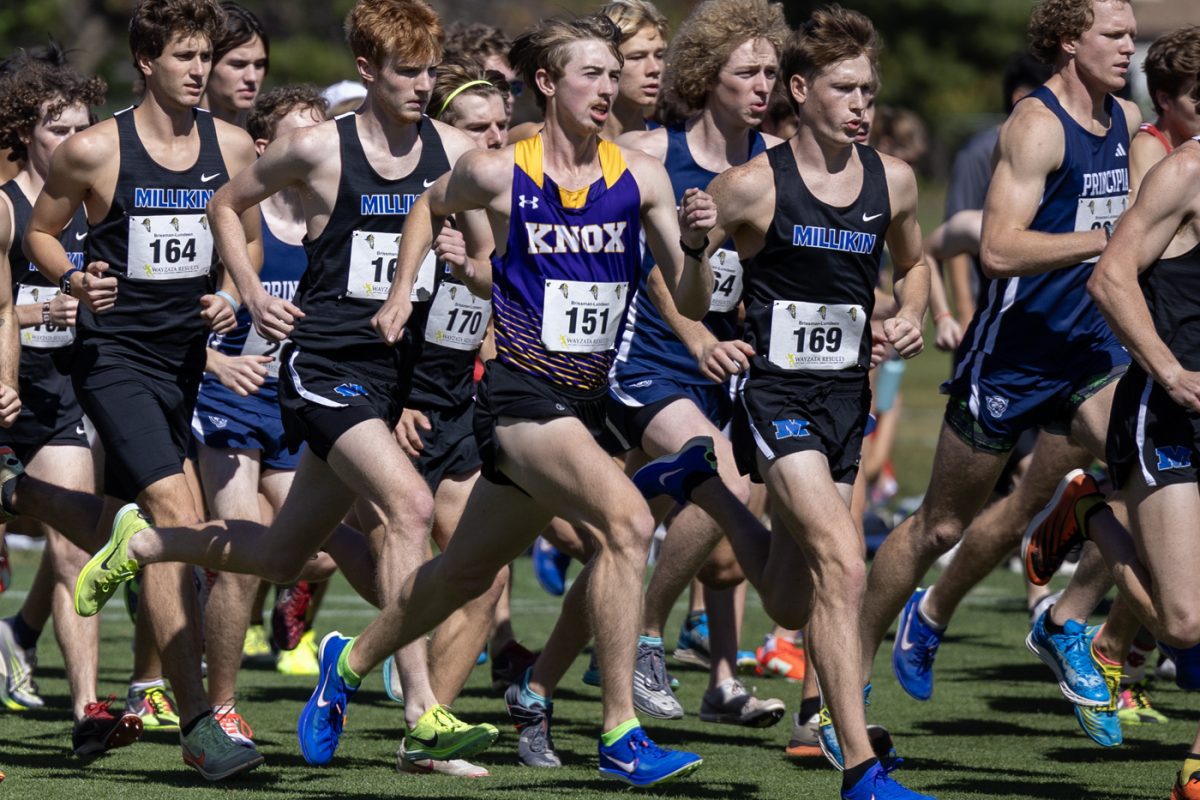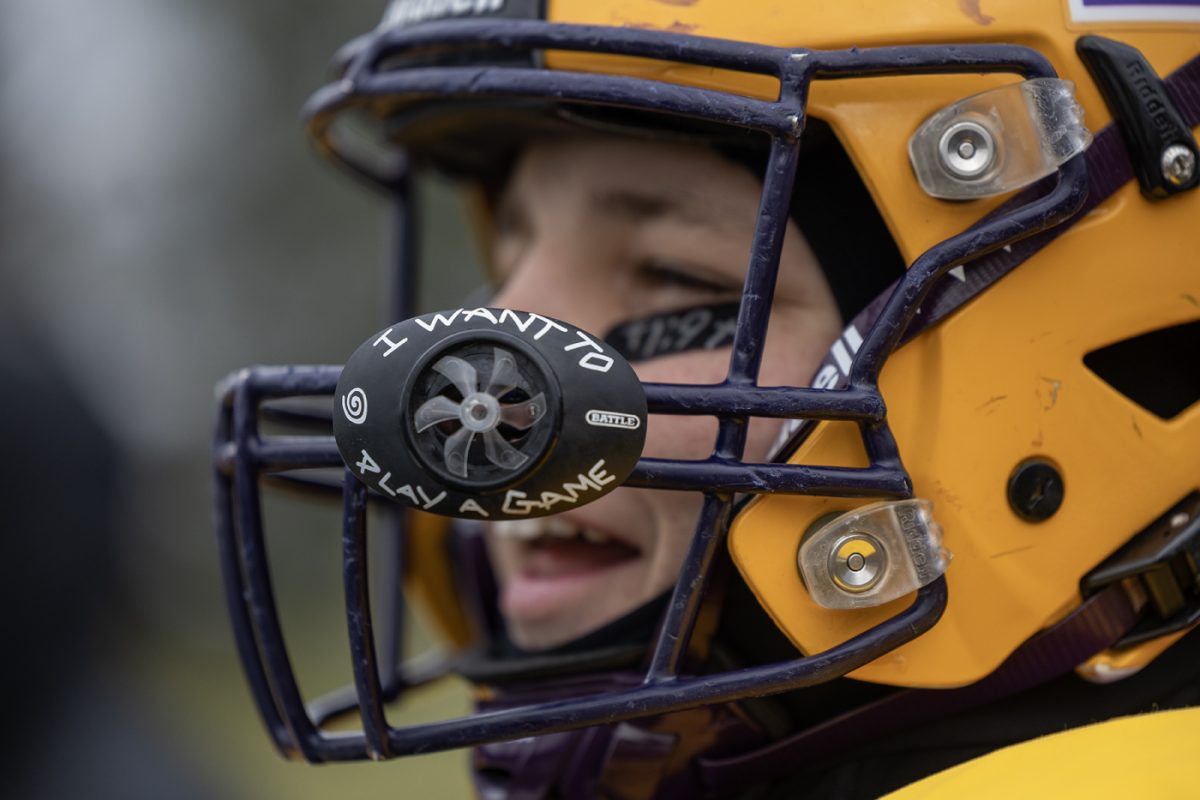Before the sports teams can compete, there are rigid protocols they have to go through in order to play
Before COVID-19, it was commonplace for Knox to have doubleheaders. If the men played on a Saturday, the women’s team would play as well.
Sports are starting at Knox after more than a year since the last sporting event. Track and Field was the first sport to be welcomed back, followed by basketball and so on.
But how are sports back safely? There has been a low COVID positivity rate at Knox College. From March 19 to March 26, Knox had one new case and two people in quarantine out of 698 people tested. That is a remarkably low number, especially when you factor in that the college had a lot of people come back to campus for spring term. But how are sports back safely?
The sports training staff has been hard at work to ensure that the student athletes could enjoy a truncated season. To get to this point, the sports training staff have been working since June to ensure that athletes can return and compete.
“So they started in June, and the thought was we’re going to plan it for now and then make changes as things escalated, as things decreased, as we became more knowledgeable on what we could and couldn’t do and that kind of thing,” said Head Athletic Trainer Scott Sunderland.
The process began with arrival. If the proper protocols weren’t in place, then they would be DOA. Instead, they were prepared. On arrival, members of the Athletic Department were helping out at the COVID-19 testing site on campus for the nasal swab test in the fall, and the mouth swab test from winter onwards.
Right after students were on campus came the issue of weightlifting. How could all athletes get their weightlifting in with the limited capacity? The solution? Outside weightlifting.
“What we did with our weight room is we had to develop a weight room outside. We purchased some, what we’re calling, portable equipment. It was a little bit lighter-weight equipment. It was able to put together, take apart and moveable,” Sunderland said.
One solution down, the next question was, how could athletes practice? The solution was through a gradual phasing that would increase what the athletes could do in each phase.
“We had to come up with a plan to return our people to sport, and that’s where the phasing came in. In the fall, our phasing went a lot slower. Essentially, each phase is about a 14 day period of time. In the fall we spent several weeks in phase one and that was just strength training, then we kind of threw in an intermediate phase that we call phase 1.5, where we started to allow some practice activity. A lot of that was agility because it was no contact spaced, physically fixed six feet apart,” Sunderland said.
In practice and the training facility, there has been a focus on sanitizing throughout the duration of the use to ensure safety. Sanitizing the balls during stops in play has become as much of a fixture of practice as a water break. In addition to the sanitization, the athletes get screened for symptoms before every practice. Assistant Athletic Trainer Erica Kowski said despite the protocols, the situation is fluid, so they can change depending on what the trainers see.
“Everything’s a learning curve, especially with COVID, it’s changing daily. At first we didn’t have a lot of information from the CDC on what are the best procedures to go about having maybe sports inside or what the distance should be between people that would keep everyone safe,” Kowski said.
Throughout the fall, all sports competed through practice with little interruptions or pauses. Now, what would happen when visiting teams started to come to Knox and teams would leave Knox for other venues? The Knox training staff and the Midwest Conference devised a plan to also ensure protocols amongst everyone in the gym.
The personnel that will work on game day are broken into tiers. Tier one personnel consists of players, coaches and athletic trainers. These are people who will be within six feet of each other during a game. Tier two personnel are referees and administration. The tier system is to ensure that the different tiers do mix together.
Within the tier system, sports are also broken into different groups based on their risk of transmission. Athletes have to be PCR tested 72 hours before a game or antigen tested the day of. In non-game weeks, 25 to 50 percent of medium-risk teams are tested. High-risk sports—indoor sports—are tested weekly. Knox is also testing students every other week in addition to athletes getting tested weekly for practices.
When it comes to traveling, the process is even more regimented to travel as close to COVID-free as possible.
“Everybody who travels has to have a negative COVID test inside 72 hours of the trip. We’ll make sure we’re committed to keeping physical distancing during the travel and everybody’s going to be masked in the KN95 mask, but at the same time, we’re also going to make sure that everybody gets on that bus as close as we can tell is COVID free,” Sunderland says.
The process of injury prevention has become a point of emphasis for the athletic training staff.
“You know, obviously with less activity, less practices, less competitions, we’ve had less injuries also. Not that we haven’t had any injuries, but they’ve been far decreased because the opportunities have been decreased. So we’ve kind of pivoted ourselves to more things like prevention of this virus. All the while, the checks that happen fall upon us, the protocols, reviewing those, and helping to rewrite those and develop those has fallen on us as an athletic training staff as well,” Sunderland said.
“My staff spent a lot more time probably in front of a computer than what they normally would. Less hands on and that kind of thing. We’ve also spent a lot of time with cleaning protocols and actually cleaning ourselves, making sure that surfaces are being cleaned and that athletes are abiding by hand sanitizing, making sure people maintain their masking and remind them that they need to keep their mask on over their mouth nose et cetera.”
For Sunderland, the virus has created another level of stress.
“In the past year, you were concentrating on worrying about concussion and cervical spine injury and those different emergency situations that can occur. You know, that’s what I laid awake at night thinking about. Now I’m lying awake at night, thinking about how we’re going to prevent people from contracting the virus,” Sunderland said.

